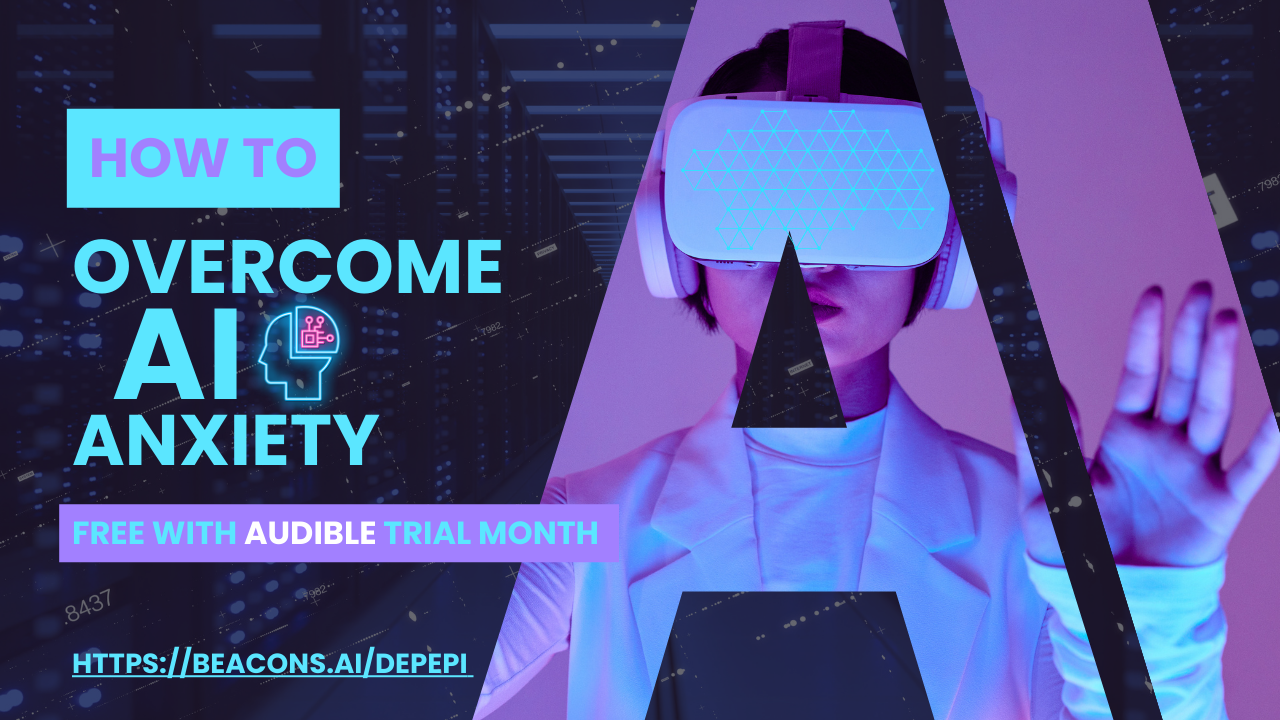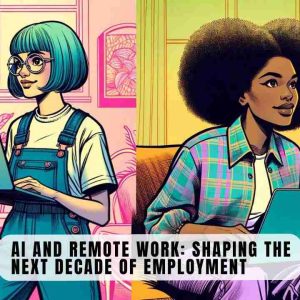AI’s Gender Gap: Why We Need More Women at the Forefront of Artificial Intelligence

In the ever-evolving world of artificial intelligence (AI), a crucial conversation about the voices shaping this technology is emerging: AI’s gender gap and the need for more women at the forefront of artificial intelligence. Recent events at OpenAI, spearheaded by the return of Sam Altman as chief executive, have brought to light a significant and concerning trend: the underrepresentation of women in the AI industry.
The tell-tale of Statistics
An analysis of the employees who supported Altman’s reinstatement at OpenAI revealed a staggering gender imbalance, with more than 75% being men. This mirrors a broader trend in the AI field, as highlighted in McKinsey’s “The State of AI in 2022” report. Moreover, OpenAI’s board of directors and executive team predominantly consist of white men, raising questions about the diversity of perspectives in AI leadership.
Beyond numbers
AI, particularly Generative AI (GAI), relies on vast datasets that historically feature more men than women. This bias, inherited from the data and mirrored in media coverage, leaves a gap in how AI understands and interacts with the world. It’s a gap that can perpetuate existing societal biases and overlook the unique needs and concerns of half the population.
The absence of women’s voices is also a problem of perspective
Women bring different experiences, concerns, and insights to the table. For instance, Pew Research Center data from 2022 indicates that women in the US express more concern than men about various AI developments, ranging from medical diagnostics to job automation. Their peripheral presence in the AI industry means these concerns may not be adequately addressed or even acknowledged.
This gender disparity isn’t just a theoretical issue; it has real-world consequences. AI shapes our understanding of the world, influences decision-making processes, and even affects how we interact with technology. When men predominantly design AI systems, they may fail to represent or understand women’s perspectives and experiences adequately.
So, what can we do to address this imbalance?
It’s essential to actively promote and support women in AI, from education and training opportunities to leadership roles. We must ensure that AI development teams are diverse and reflect the society they serve. Additionally, AI itself can be part of the solution. Using AI to track and correct gender biases in media and technology can help create a more inclusive and balanced view.
The conversation about AI’s future must include women’s voices. It’s not just a matter of fairness; it’s a matter of creating technology that genuinely understands and serves all of humanity. By embracing diversity in AI, we can ensure that this powerful technology reflects the rich tapestry of human experience and works for the benefit of everyone.
What Can I Do?
Support female voices in AI. For example, download or read “How to Overcome AI Anxiety.” It emphasizes the importance of understanding, embracing, and wisely implementing AI. It’s a call to action for businesses to integrate AI into their core strategies, ensuring they are among the risers, not the fallers, in this AI-dominated landscape. As we navigate through 2024, let’s not just be observers of AI’s evolution but active participants in shaping a future where AI augments human potential and drives business success.
“How to Overcome AI Anxiety” audiobook is available to download for free with Audible’s trial Month.






